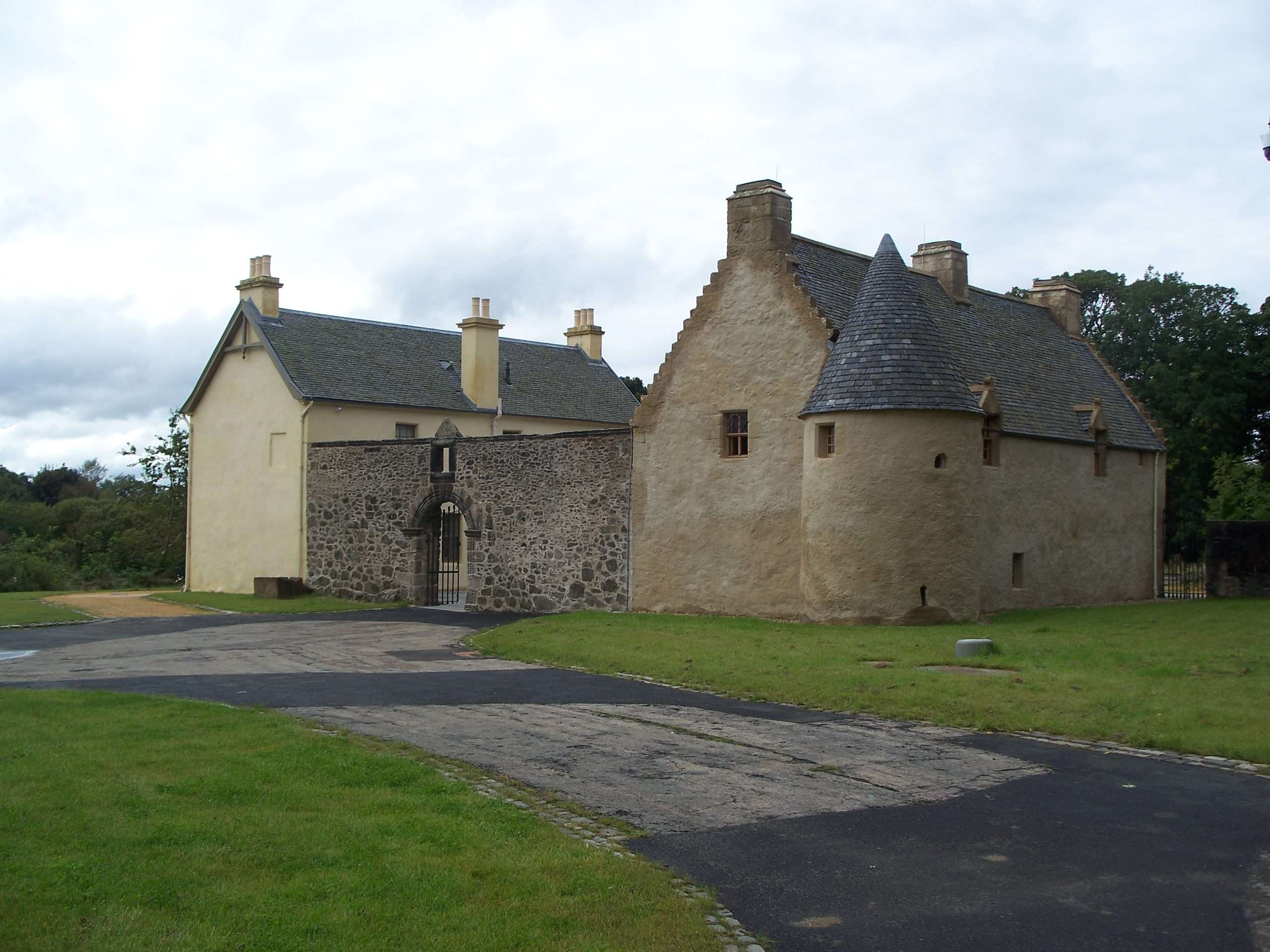Cathedrals in medieval times were more than just places of worship; they were seats of power and their bishops and clerics were major players in society. They generally held great riches, not least in the form of land. Glasgow Cathedral owned a large swathe of countryside to the north-east of the city. Its senior clerics had a residence called Lochwood, on the shores of the Bishop Loch. They would ride out there for a few days rest and perhaps some fishing or hunting. Or it might be used for meetings on cathedral business. Cathedral lands were used to generate income. Employees managed the lands, farmed them, extracted minerals or did whatever they needed to ensure an income that would keep the cathedral functioning.
Secular ownership
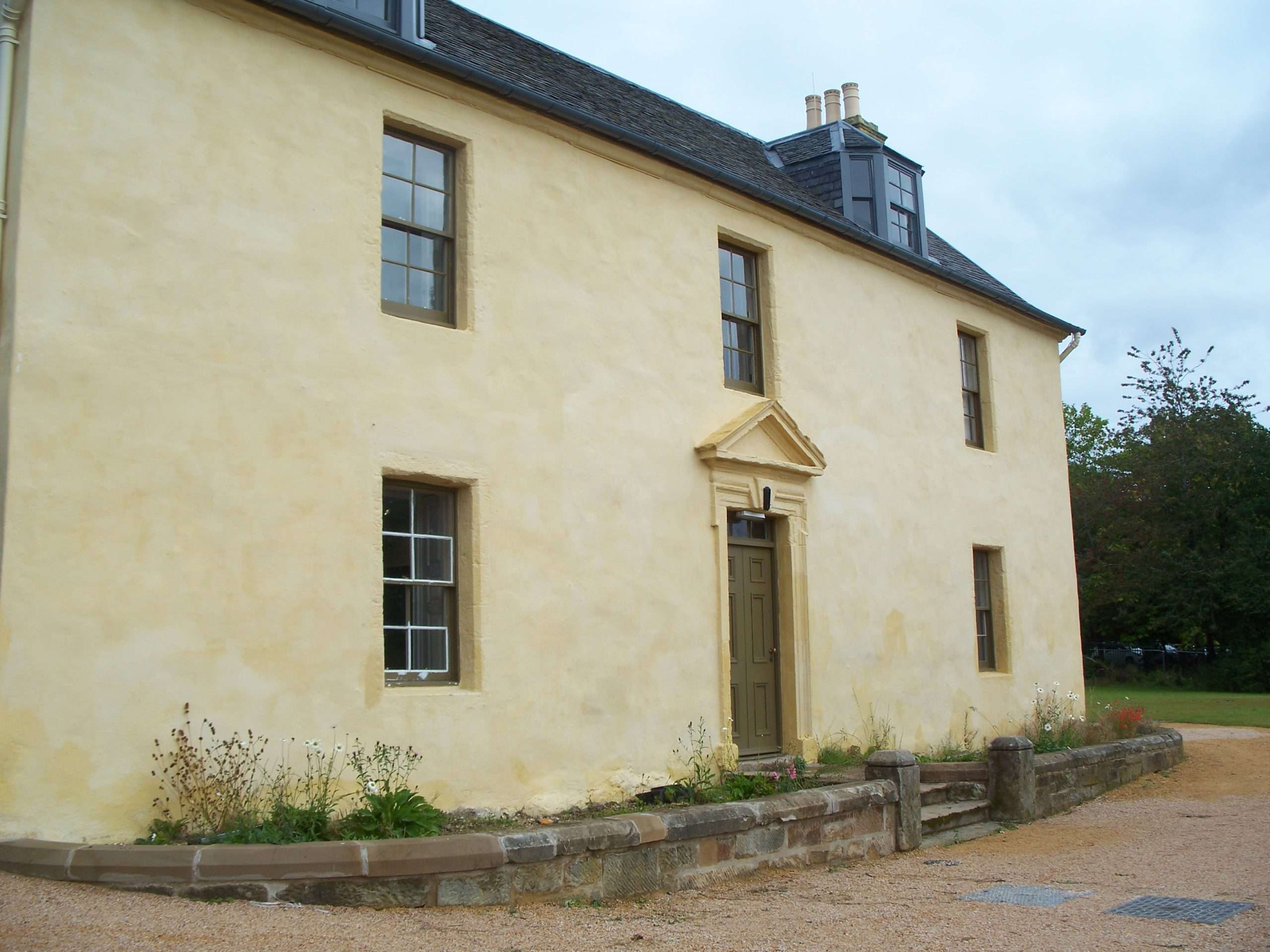
Remarkably, in Provan Hall, a building from that era survives in Glasgow. There was probably a structure there as early as the 13th century; a roof-beam in the current building has been dated to then. However, it dates from rather later, and the veteran roof-beam is an early example of salvage and reuse. Provan Hall and its lands were in the possession of the Prebendary of Barlanark, which held a seat on the chapter of Glasgow Cathedral.
William Turnbull, who later became Bishop of Glasgow, was Prebend from 1440 and it’s thought possible that he started the building of the current Provan Hall, which would have been the base of farming operations. Other sources suggest that the building may date from the 16th century. After the Reformation the building went into secular ownership, first with the Baillie family and then the Hamiltons. In its early days, James IV is said to have spent a night there. So is his granddaughter, Mary Queen of Scots. Of course, there are few buildings of the right age, and some that aren’t, where she isn’t said to have slept. Baillie was an advisor to Mary, so perhaps the story isn’t too far-fetched.
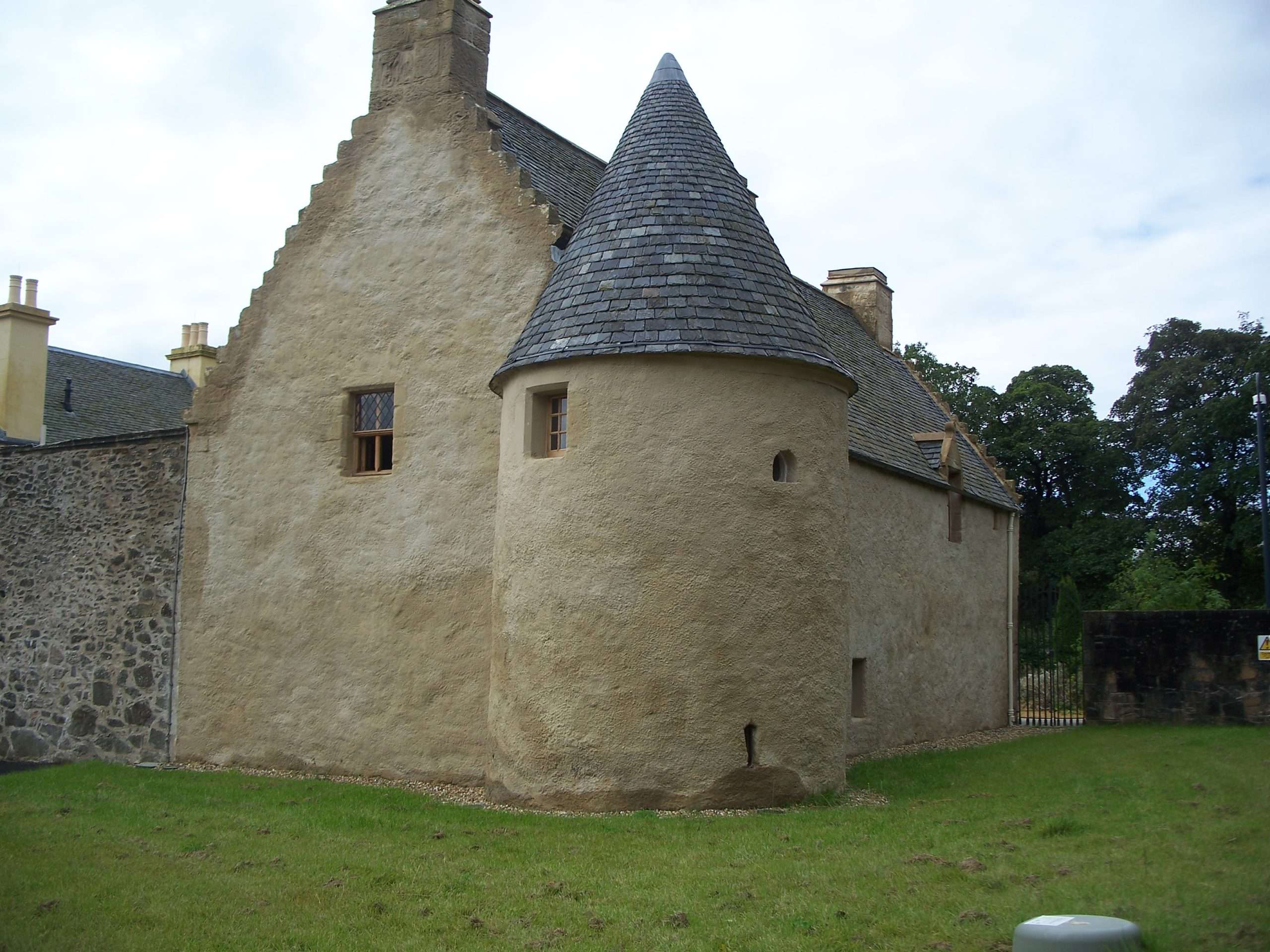
The City of Glasgow purchased Provan Hall in 1677 from Sir Robert Hamilton (whose family crest is still visible above the gateway that leads into the courtyard) but sold it again in 1788 to Dr John Buchanan, something of a mystery figure, who may have made his fortune on the Jamaican plantations. As such, today we’d regard his money as somewhat tainted. The house passed through a succession of owners, including in the 1840s one Reston Mathers who is remembered as a celebrated breeder of Scotland’s national horse, the Clydesdale.
The last of the Mathers family left the building to their housekeeper Mary Holmes. She, along with Dreda Boyd, a local author and historian, raised funds to preserve the building when it was threatened by subsidence from coal mining and quarrying. Mary lived in the house until the 1950s, after having passed it to the National Trust for Scotland (NTS) in 1938. The NTS worked in partnership with the city authorities in Glasgow to present the building to the public. So, in a way, the city got back the building it had owned for a century many years earlier.
RMS Titanic
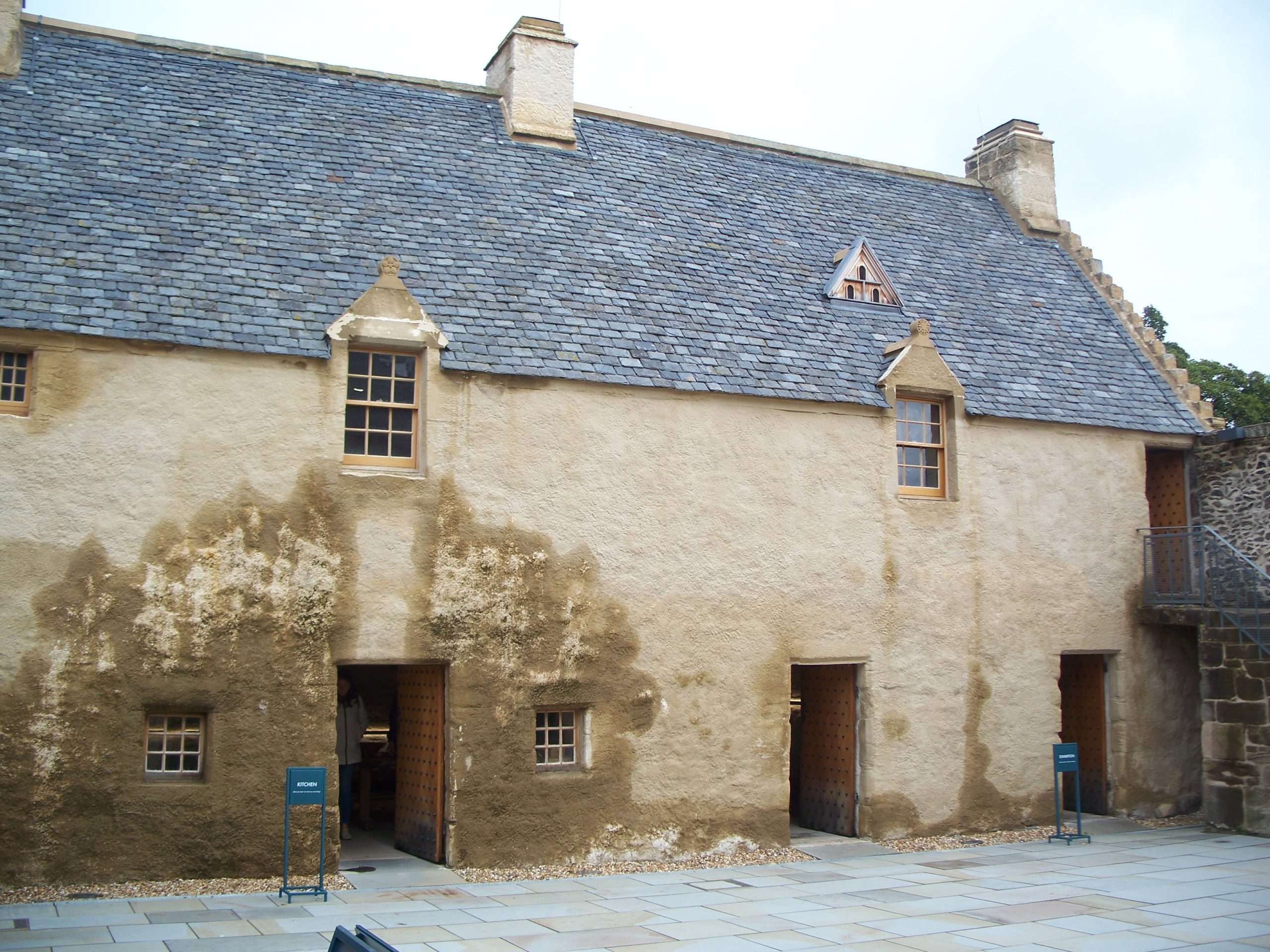
A succession of caretakers and custodians looked after Provan Hall, beginning with Mary Holmes herself. In the 1950s, Harold Bride took over. You may have heard the name, especially if you are interested in the tragic RMS Titanic. Bride had been the wireless operator on the ship. It’s been suggested that without the new invention of wireless radio, and Bride operating the system, there might have been no survivors of the Titanic. He served in the Royal Navy during the First World War and then moved to Scotland to work as a pharmaceutical representative and spent the rest of his life here. Sadly, his tenure as live-in caretaker didn’t last long as he died in April 1956. What a thrill it must have been to have been shown round Provan Hall by one of the heroes of the Titanic tragedy!
By the 1950s and 1960s, Provan Hall was set in an urban green space, Auchinlea Park, and was being surrounded by development as the housing estate of Easterhouse took shape. The main building has been much altered over the years but still forms one side of a courtyard entered by the impressive gateway. The building opposite probably dates from the 18th century. The fourth side of the courtyard opens onto the gardens. Glasgow City Council recently refurbished the buildings and gardens, and they now look tremendous. Day-to-day running is in the hands of the Provan Hall Community Management Trust who have a team of volunteers to look after visitors while the building is open to the public (usually Thursday to Sunday). There are displays in the original building; the kitchens are especially impressive, and I especially like how they have devoted the ground-floor space in the tower as a place for quiet reflection. The other building houses a shop and visitor centre, which also informs the public about the nearby Seven Lochs Wetland Park.
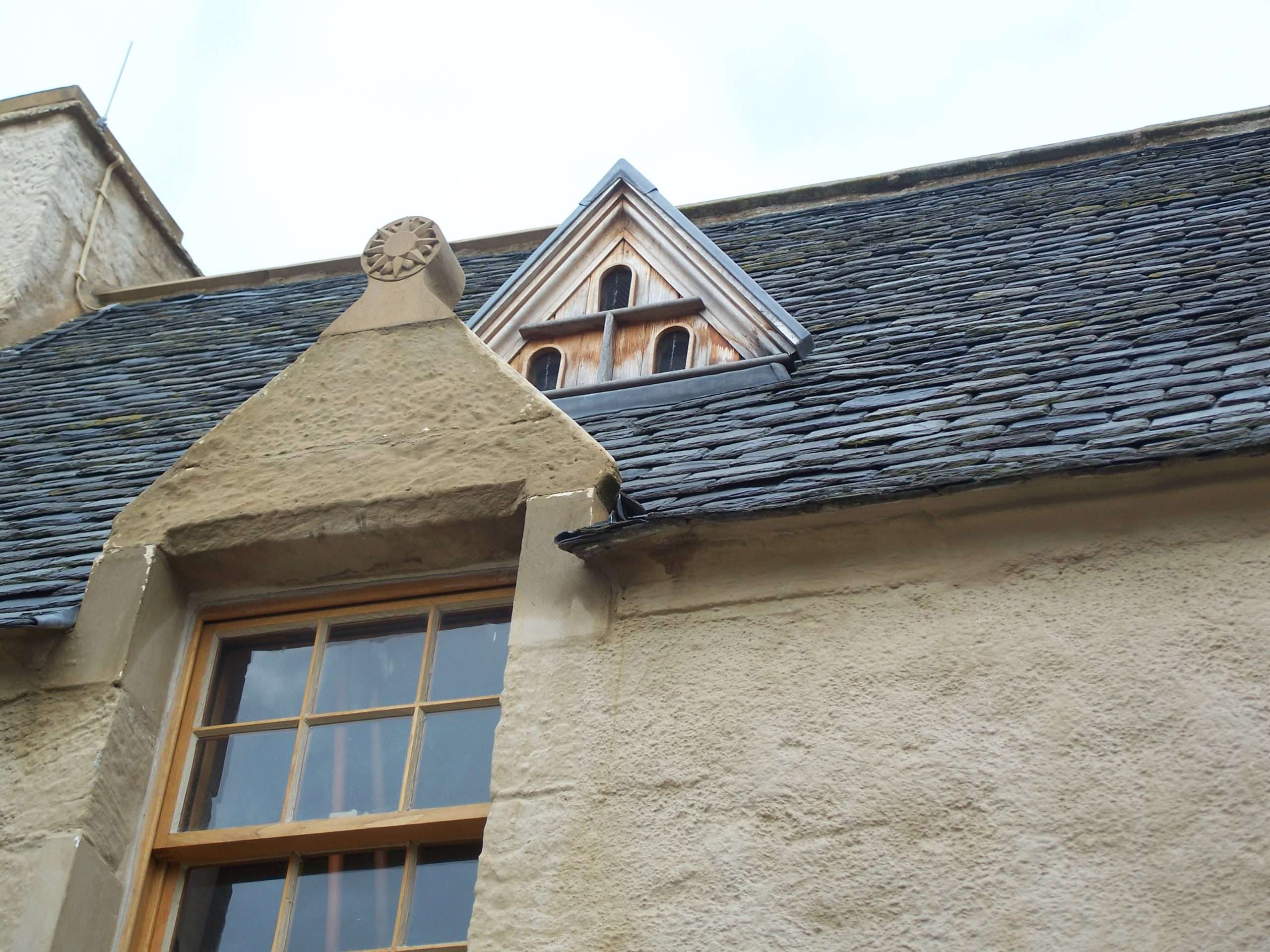
Provan Hall is close to another, very different, kind of attraction, The Fort Retail Park. While this sprawling facility is much less lovely than Provan Hall, it does at least mean that there are frequent buses from the city centre, and plenty of food and coffee venues once you have visited the house. Provan Hall is quite possibly Glasgow’s undiscovered gem. Hop on a bus to The Fort and find out for yourself.
Words and images by: David McVey.

